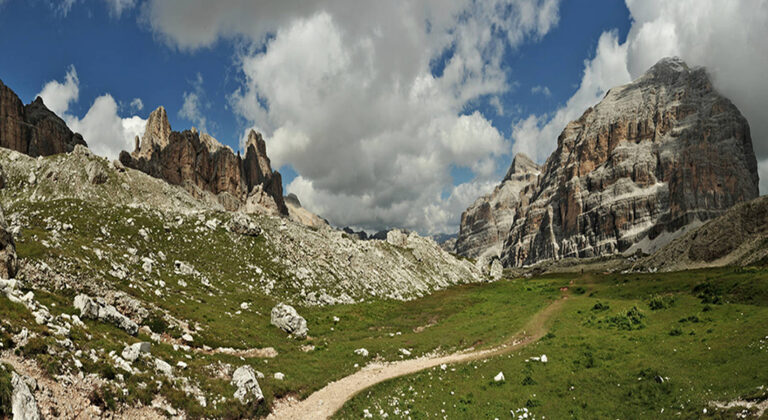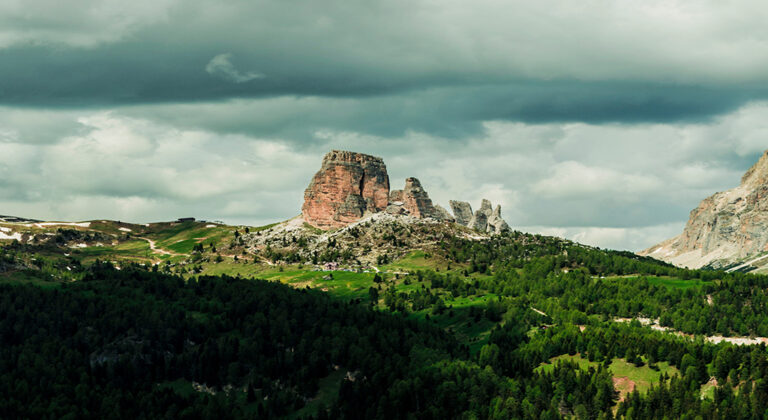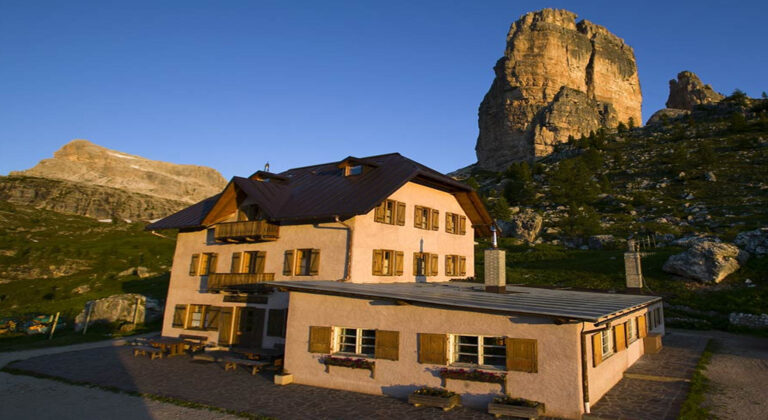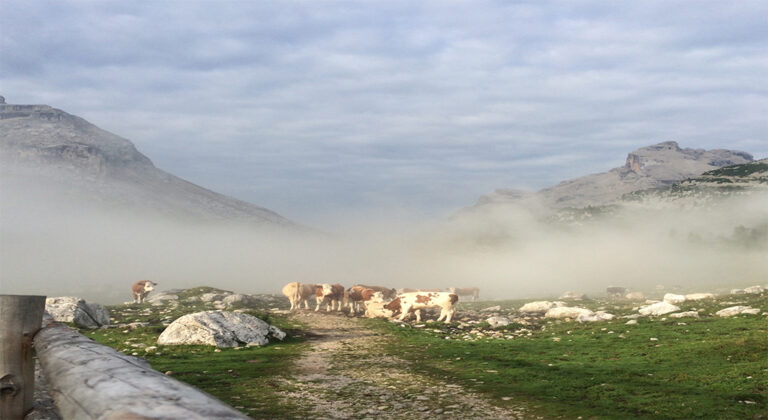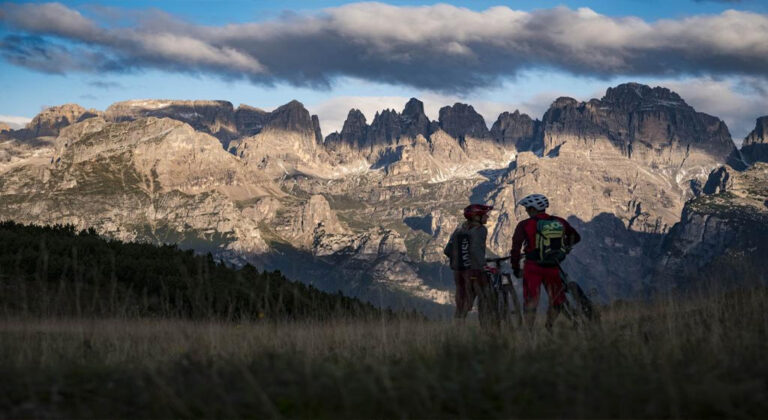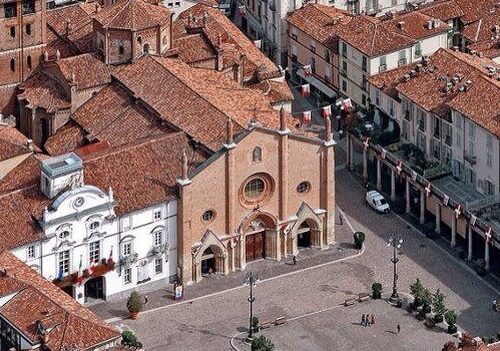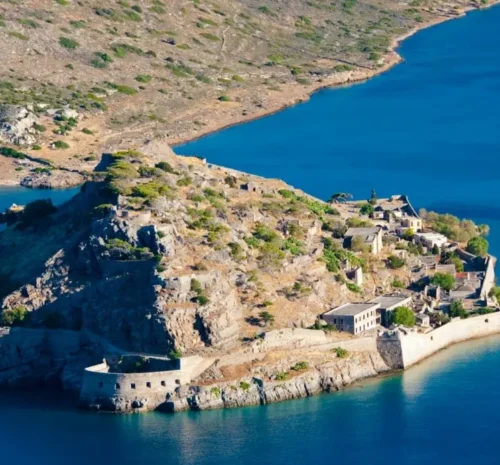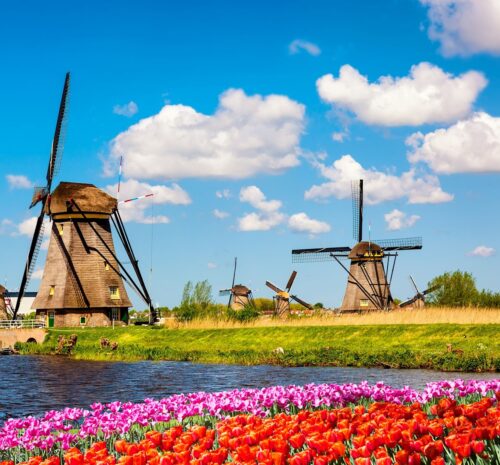Chi Siamo
Siamo un’agenzia di incoming e tour operator con sede a Cortina, nel cuore delle Dolomiti, patrimonio mondiale dell’UNESCO.
La nostra conoscenza intima delle montagne dolomitiche e la vasta esperienza nel settore del turismo ci consentono di progettare soluzioni uniche per le vacanze, dai pacchetti per famiglie già pronti alle avventure personalizzate.
Sport in montagna
Conosciamo i posti migliori e gli ingredienti chiave necessari per creare un’esperienza indimenticabile se vieni sulle Dolomiti per sciare, fare escursioni, correre, bici da strada o mountain-bike , con i tuoi amici, la famiglia
Progettare soluzioni uniche
Che si tratti di organizzare un fine settimana gastronomico o un ritiro yoga a immersione totale, ci sforziamo di offrire esperienze autentiche incentrate sulla sostenibilità e sul rispetto per la bellezza naturale delle montagne e delle loro antiche comunità.
La vostra agenzia di viaggi Enjoy Cortina lavora a pieno ritmo per rendere la vostra esperienza di viaggio indimenticabile.

Il Nostro Territorio
Cortina d’Ampezzo
La Regina delle Dolomiti
Così viene chiamata Cortina d’Ampezzo, è situata nel cuore delle Dolomiti, in un’ampia conca circondata da montagne che le fanno da cornice: gli splendidi massicci delle Tofane, del Faloria, del Cristallo e delle Cinque Torri, un panorama unico al mondo.
Il fascino del paesaggio e le tante attività sportive che offre, rendono la nostra splendida località una meta di eccellenza che per chi ama la montagna.
Cortina d’Ampezzo non è famosa soltanto per le sue piste da sci, ma anche per essere una delle mete più ambite da tutti gli appassionati d’escursionismo d’Europa, dalle semplici passeggiate nel mezzo dei boschi, fino alle ferrate sulla nuda roccia a centinaia di metri dal suolo, nonché escursioni da compiere a piedi o in bicicletta
Le nostre avventure più popolari
Tour Italia e all'Estero
Newsletter
Rimani in contatto
80 +
Piste Discesa
50 +
KM Piste da fondo
400 +
Km di sentiere
Enjoy Cortina
VACANZE ALL’INSEGNA DELLO SPORT, VACANZE PER LA FAMIGLIA O PER LE GIOVANI COPPIE, SOGGIORNO ALLA SCOPERTA DELLA NATURA E DELLA MONTAGNA NELLA SPLENDIDA CORNICE DELLE DOLOMITI.
Previsioni del tempo
Servizi online forniti da terzi
Coma sarà il tempo nei prossimi giorni?
